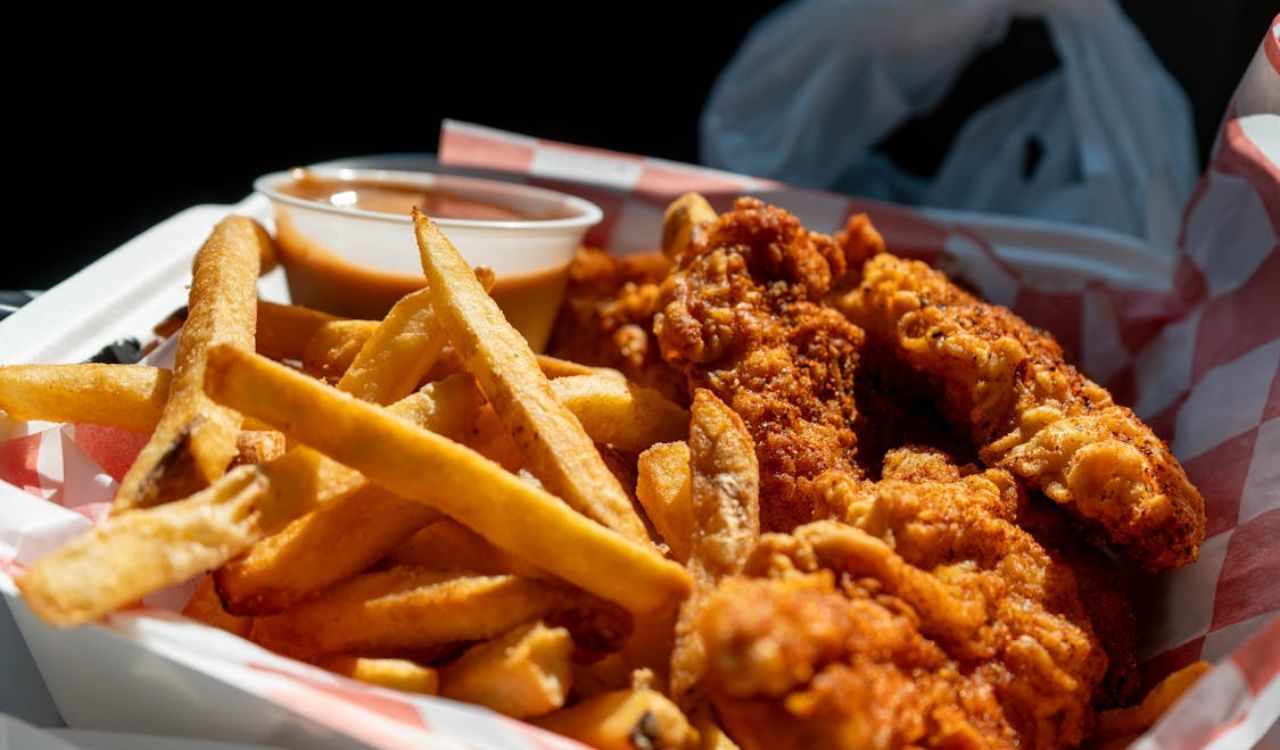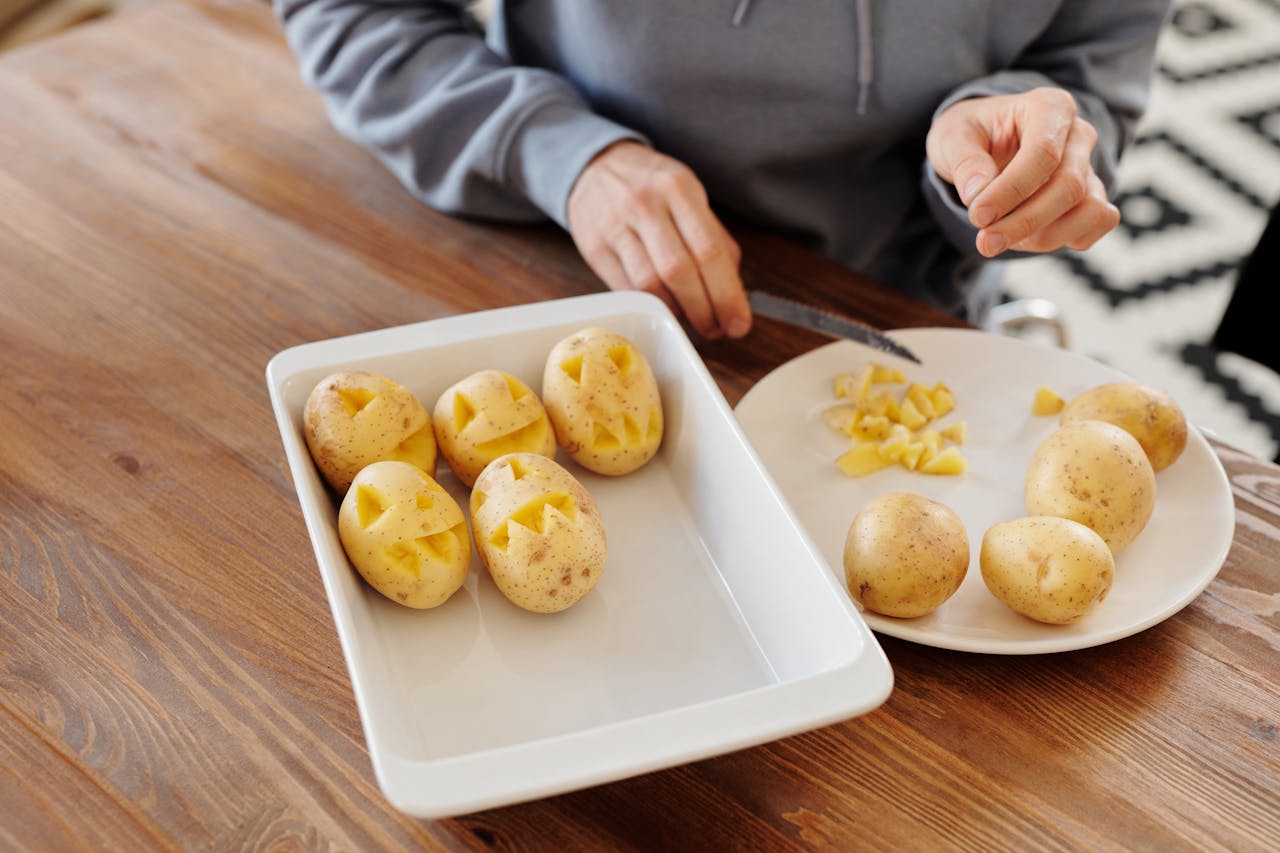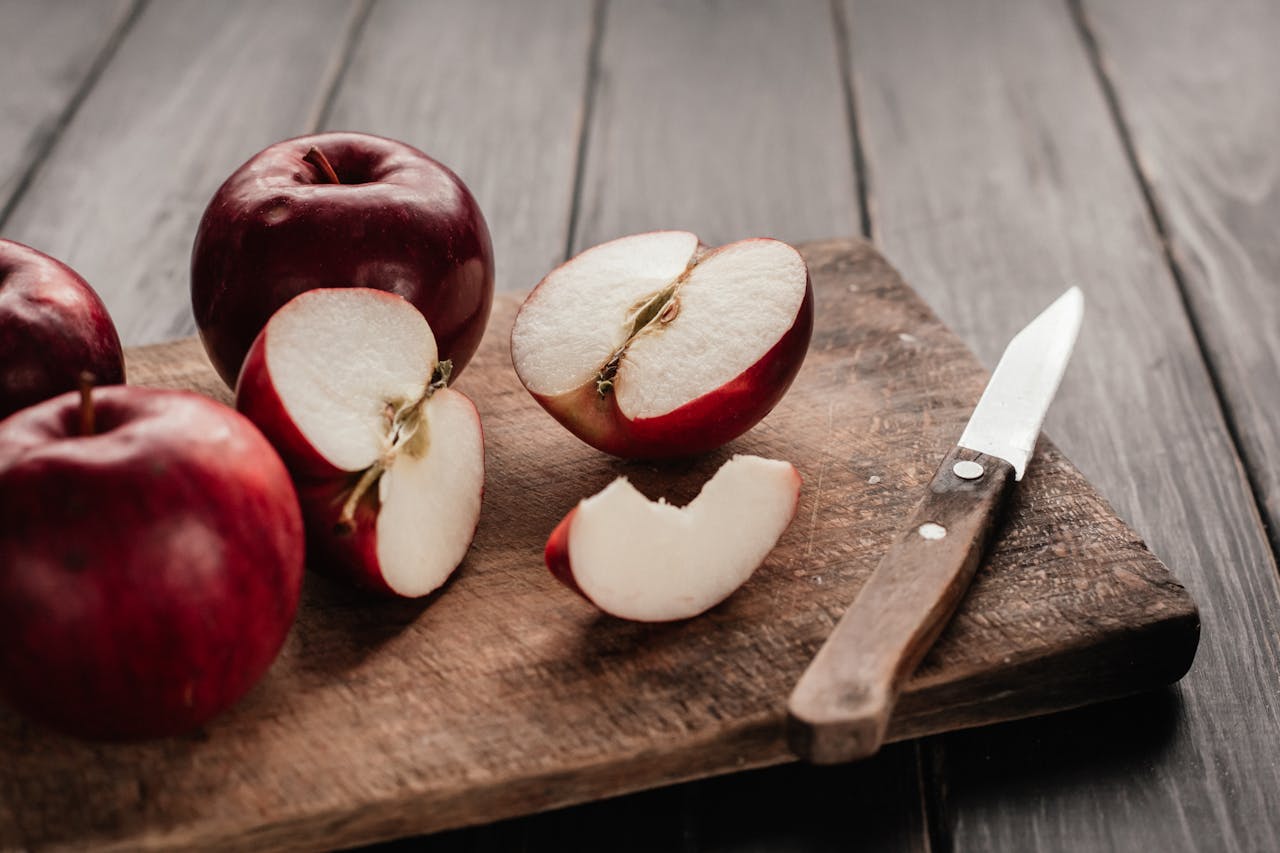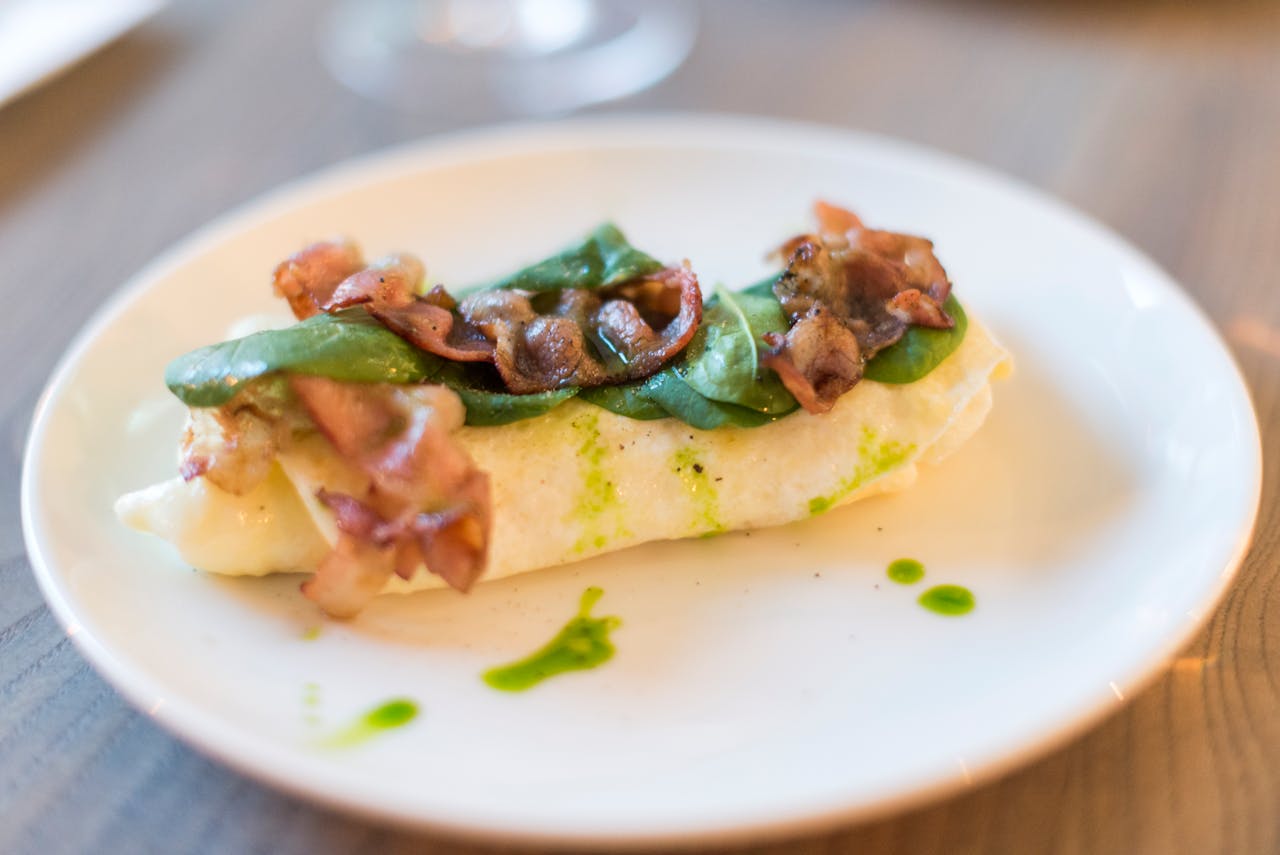Ancient Roman Recipes Recreated for the Modern Table
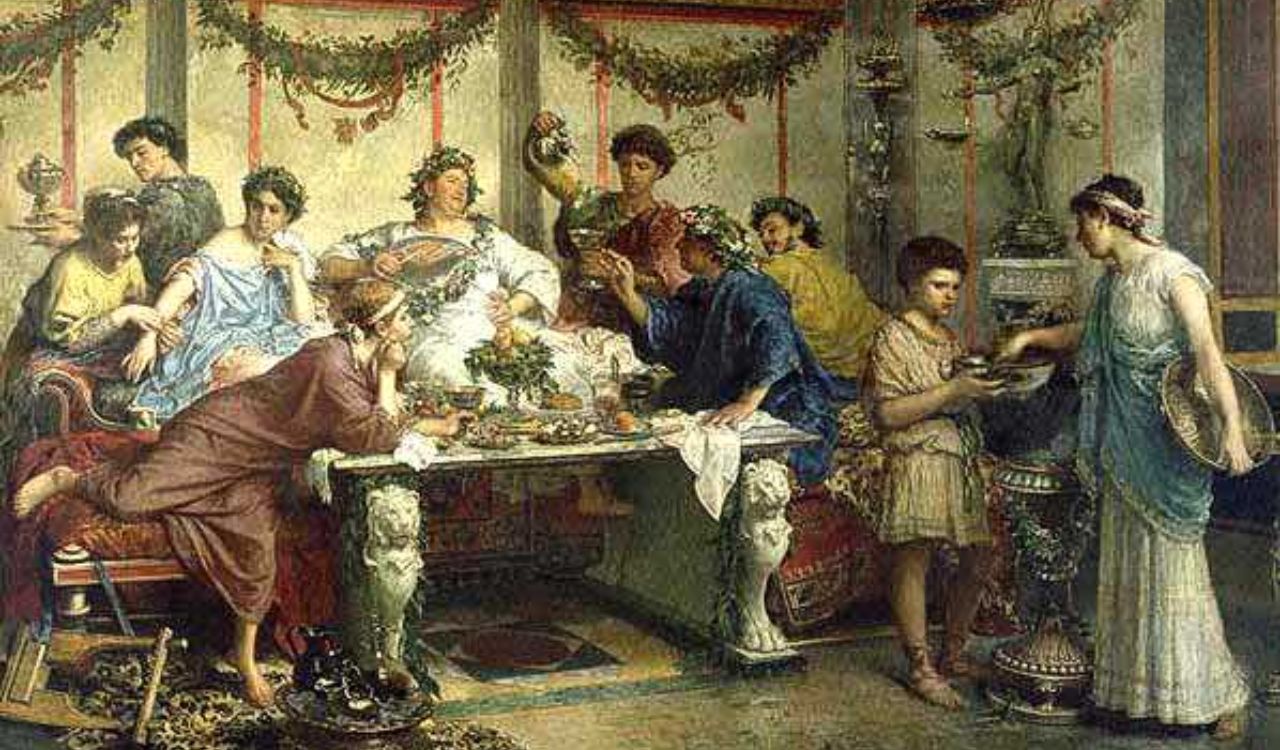
Imagine dining with the elites of ancient Rome, surrounded by the aromas of roasted meats, honeyed sauces, and tangy fermented condiments. It might seem far removed from today’s kitchens, but the flavors of antiquity are making a comeback.
Chefs and home cooks alike are rediscovering Roman recipes and adapting them with modern techniques. From garum-based sauces to honey-drizzled desserts, the cuisine of the ancient world is finding new life in contemporary homes.
What Ancient Roman Cuisine Looked Like
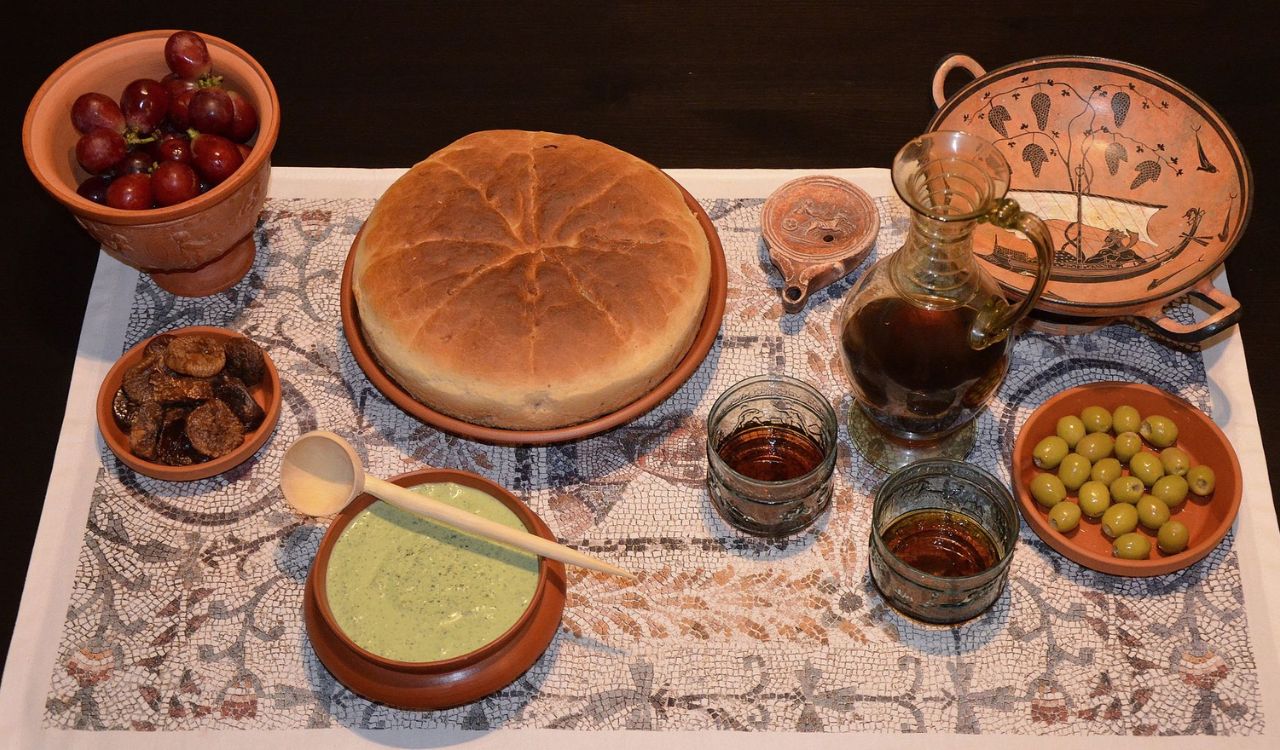
Roman cuisine evolved over centuries, influenced by geography, trade, and empire expansion. It ranged from the simple meals of the working class to the lavish banquets of the wealthy.
Staples and Everyday Fare
For most Romans, daily meals centered on cereals, legumes, and vegetables. Meat and seafood were reserved for special occasions or wealthier citizens. Puls, a porridge made from farro or emmer wheat, was a staple and is considered an ancestor to modern risotto or polenta.
UNRV’s Food in Ancient Rome notes that common meals often included bread, olives, cheese, and seasonal produce, while oil and vinegar served as the primary seasonings.
Luxury and Exotic Dishes
The upper class, however, indulged in imported delicacies and rare meats. The ancient Roman cookbook De Re Coquinaria, attributed to Apicius, includes recipes for dishes like flamingo, dormouse, and stuffed fish. Wealthy households also prized garum, a fermented fish sauce that appeared in nearly every savory dish.
Garum was to Rome what soy sauce is to Asia: a universal flavor enhancer. Archaeological findings from Pompeii and Herculaneum show that it was mass-produced and widely traded across the Mediterranean.
Desserts often featured honey, dates, and figs, since refined sugar did not exist. A common sweet dish combined ricotta-like cheese with honey and nuts, baked into something resembling a cheesecake.
How to Bring Roman Recipes into Your Own Kitchen
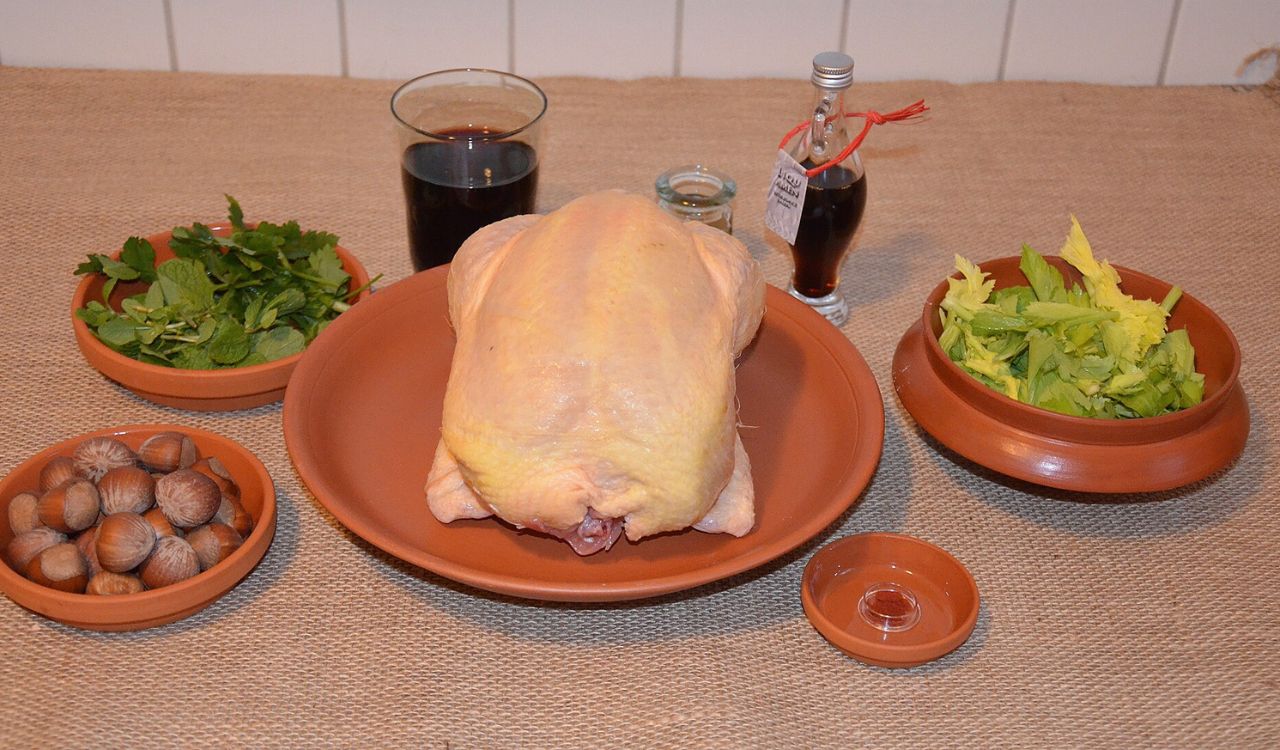
Recreating Roman recipes today is surprisingly easy once you know the flavor principles. Ancient ingredients can be swapped for modern equivalents without losing authenticity.
Adapting Recipes for Modern Palates
Roman cooking relied on a balance between sweet, sour, and savory flavors. To make these dishes at home, use substitutes that echo ancient ingredients.
For example:
- Replace garum with Asian fish sauce or anchovy paste.
- Substitute silphium, an extinct herb, with fennel, asafoetida, or celery seed.
- Use honey as a natural sweetener instead of sugar.
In Around the Roman Table (University of Chicago Press), modern translations of Apicius recipes emphasize this balance. One lentil dish combines leeks, coriander, mint, vinegar, and honey. These flavors still work beautifully today.
Example Menu for a Roman-Inspired Dinner
To host your own Roman-inspired meal, follow a three-course format similar to a cena:
- Appetizer (Gustatio): Herbed cheese spread (moretum) with crusty bread.
- Main Course (Primae Mensae): Roast pork with honey-vinegar glaze and lentils.
- Dessert (Secundae Mensae): Honey custard or baked figs with nuts.
These dishes use familiar ingredients yet reflect the flavors of antiquity. The blend of herbs, vinegar, and honey gives each course depth and contrast.
Helpful Kitchen Tips
- Use olive oil, vinegar, and fresh herbs like thyme or mint to match Roman flavor profiles.
- Serve dishes warm, not piping hot, since ancient Romans typically ate at room temperature.
- Experiment with wine reductions and fruit sauces to capture the sweetness Romans loved.
- For presentation, use rustic tableware or serve on platters to mimic communal dining.
Why Ancient Roman Recipes Are Gaining Modern Appeal
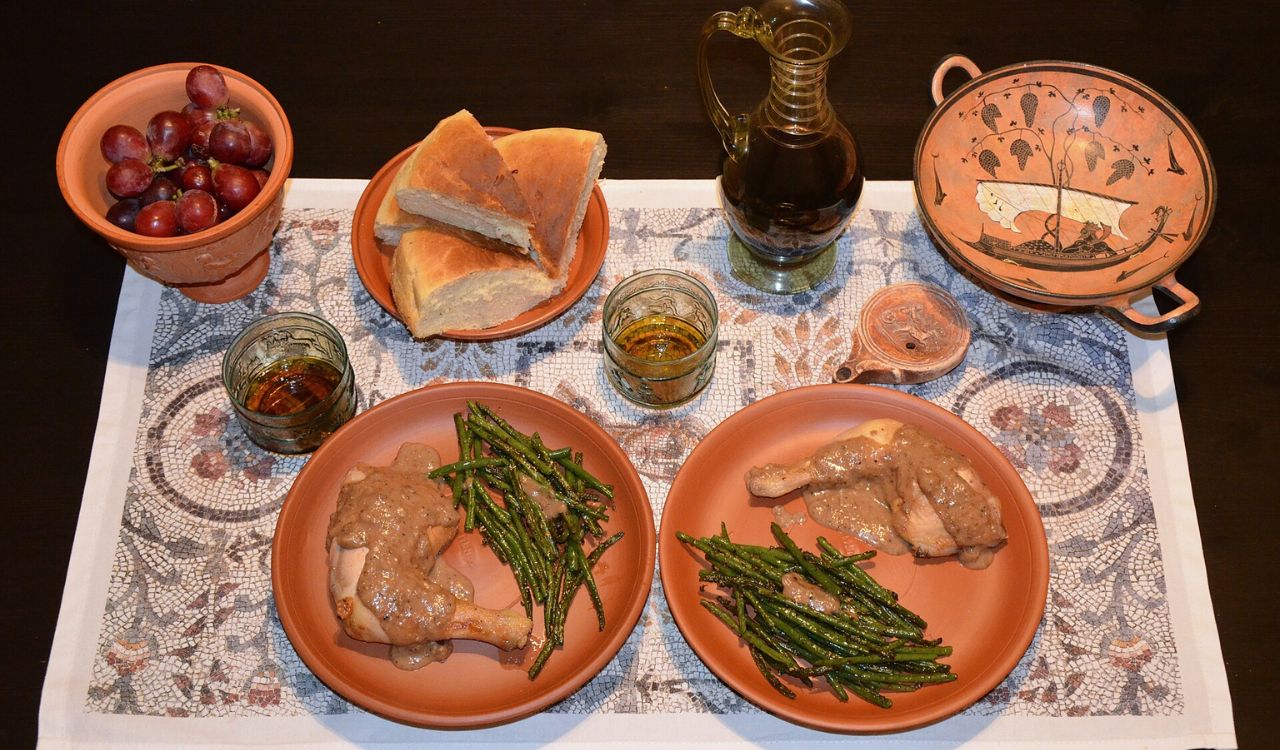
Roman cuisine is experiencing a small but notable revival. Between historical cooking blogs, museum programs, and academic culinary projects, chefs are rediscovering how ancient techniques can inform modern meals.
A Bridge Between History and Flavor
Cooking Roman dishes provides a hands-on connection to history. The British Museum’s Cook a Classical Feast project introduced ancient recipes to the public using archaeological and textual sources. These dishes, such as honey-glazed carrots and barley cakes, prove that Roman food wasn’t as strange as it may sound. It was practical, flavorful, and deeply creative.
Health and Sustainability
Many Roman recipes align naturally with current health trends. Meals were rich in legumes, vegetables, and grains while low in processed fats and sugars. Olive oil, vinegar, and herbs formed the core of their seasoning, making it close to what modern nutritionists describe as the Mediterranean diet.
The simplicity of Roman meals, emphasizing local produce and minimal waste, also resonates with sustainable cooking values today.
A Unique Dining Experience
For modern hosts, a Roman dinner offers something memorable. Whether it’s themed décor or conversation about ancient culture, the experience transforms a simple meal into an event. The KCRW Good Food segment featuring culinary historian Sally Grainger highlighted this appeal, showing how her adapted Roman recipes bring education and entertainment to modern tables.
How to Host a Roman-Inspired Feast
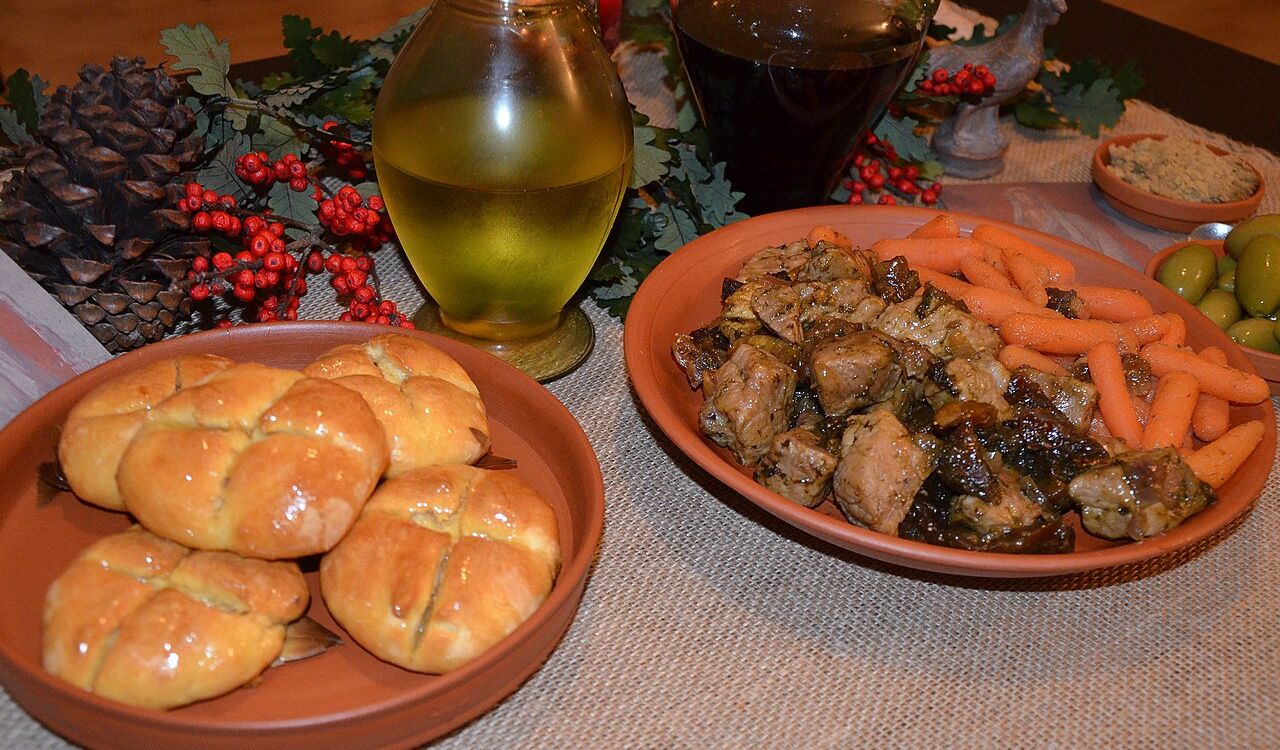
Turning your dining table into a Roman banquet is easier than it sounds. You can go as authentic or as modern as you like.
Plan the Menu
Choose a mix of grains, vegetables, and meat or fish. Romans enjoyed lentils, chickpeas, pork, and poultry. Include a honey-based dessert or fruit platter.
Here’s a simple structure:
- Starter: Cheese and herb dip with olives.
- Main Course: Roasted pork or chicken glazed with honey and wine.
- Side: Lentils cooked with leeks and herbs.
- Dessert: Sweet wine, dates, and almonds.
Set the Scene
Romans dined communally, reclining on couches around low tables. You can replicate that spirit by dimming the lights, playing soft music, and serving from shared platters. Use earthenware or wooden dishes to evoke an ancient feel.
Keep It Simple
The goal isn’t to perfectly reproduce history but to capture the essence. Use accessible ingredients, experiment with seasonings, and encourage guests to engage with the history behind each dish.
A Taste of History on Today’s Table
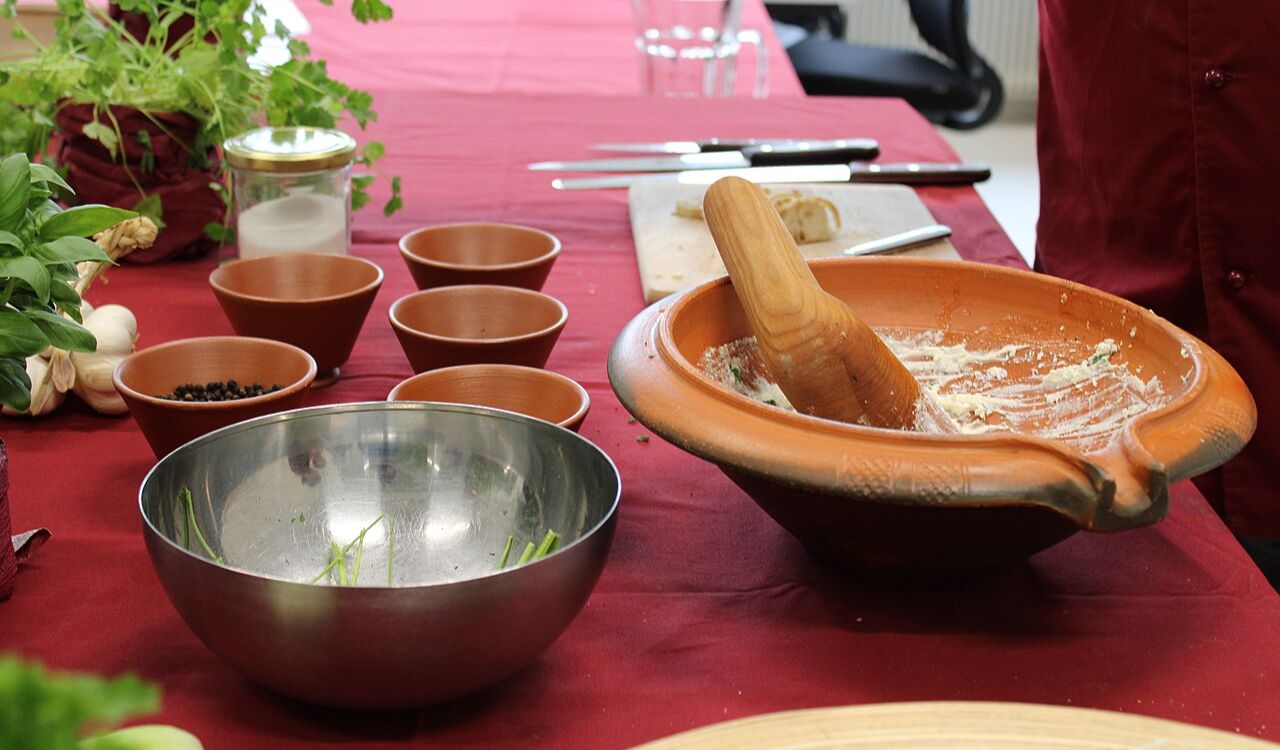
Exploring ancient Roman recipes reveals more than culinary curiosity. It’s an invitation to taste how people lived two thousand years ago through flavors still relevant today. Their methods of balancing sweet and savory, using herbs creatively, and respecting seasonal produce continue to influence how we cook.
When you recreate these dishes, you’re not just making dinner. You’re bridging time. A Roman-inspired meal offers nourishment, conversation, and a link to the timeless art of sharing food.
References
- Cook a classical feast: nine recipes from ancient Greece and Rome- BritishMuseum.org
- Eight recipes from Around the Roman Table Food and Feasting in Ancient Rome- Press.UChicago.edu
- Ancient Roman Food: What did the Romans use to eat?- InRomeCooking.com
- The 8 Most Surprising Ingredients Used by the Ancient Romans- InsightVacations.com
- Ancient Roman recipes come to life in the modern kitchen- KCRW.com


